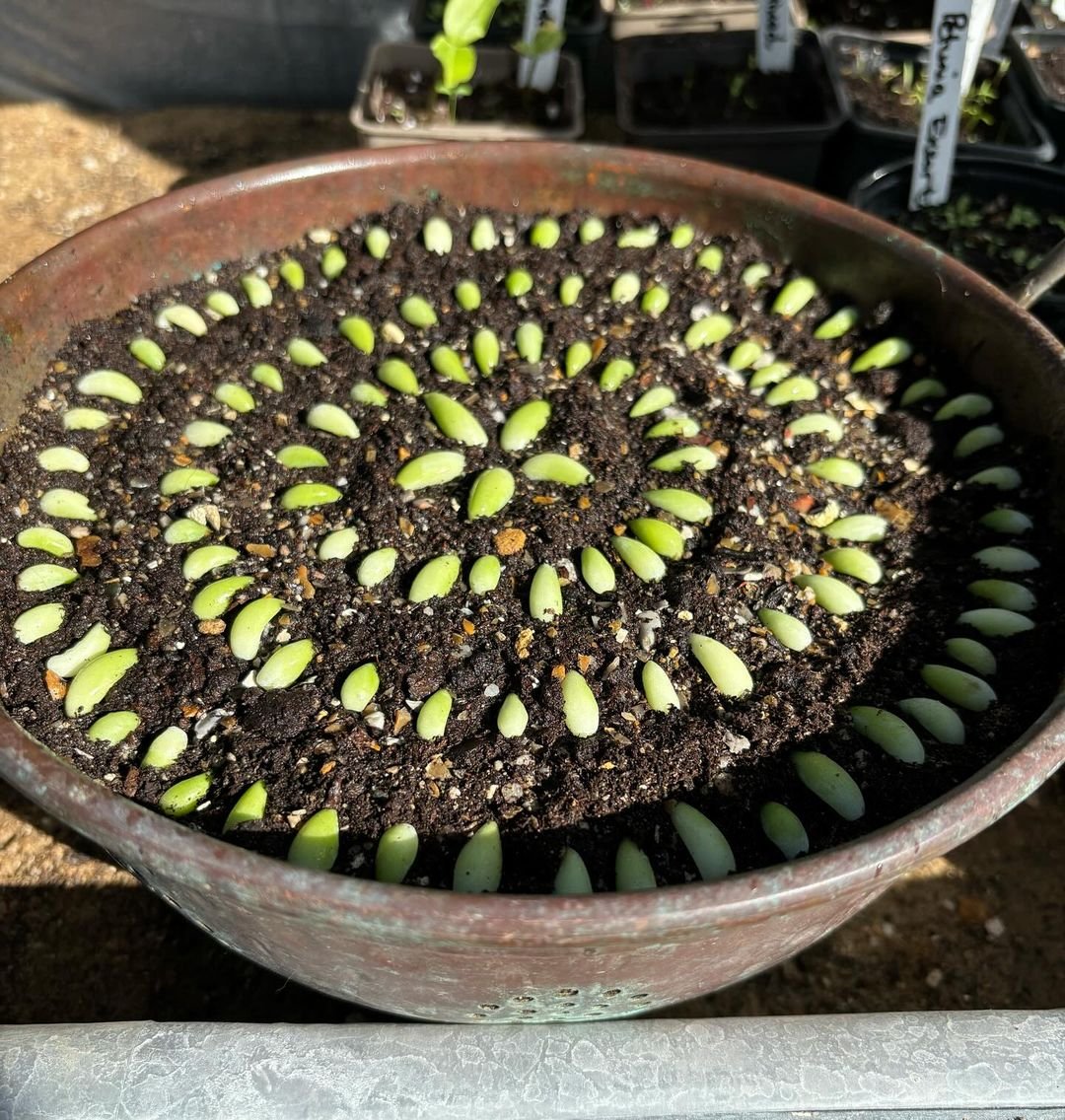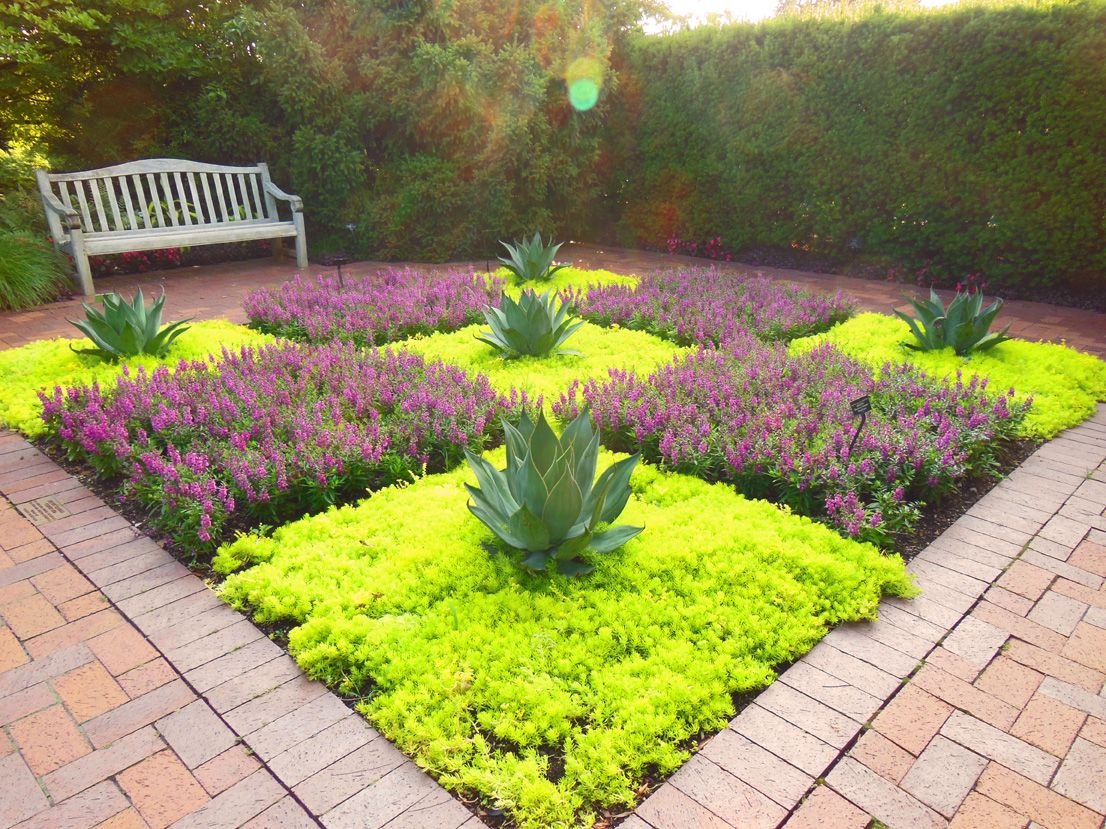Sedum & Stonecrop make excellent low-maintenance ground covers. Learn how to grow and care for these tough, drought-resistant plants that add vibrant color from summer to fall.
Do you want to add some easy-care color to your garden? Sedum & Stonecrop plants could be just what you need. These tough little succulents are perfect for ground covers, borders, rock gardens and even green roofs. With their vibrant flowers and fleshy leaves, they’ll brighten up any sunny spot from late summer through fall.
Here’s a concise information chart about sedum and stonecrop:
| Attribute | Information |
|---|---|
| Botanical Name | Sedum spp. and Stonecrop spp. |
| Plant Type | Succulent perennial |
| Zones | 3-9 (varies by species and cultivar) |
| Exposure | Full sun to partial shade |
| Bloom Time | Late spring to fall |
| Height/Spread | Height: 3 inches to 2 feet Spread: 6 inches to 2 feet |
What are Sedums and Stonecrops?

Sedums (also called stonecrops) are succulent perennials that come in trailing ground cover varieties as well as upright types. They’re known for their interesting texture, drought-tolerance, and clusters of star-shaped flowers in shades of yellow, white, pink and red.
Ground cover sedums grow just 3-6 inches tall, while the taller upright types can reach 1-3 feet in height. Both spread nicely to form dense mats without being overly aggressive. Most are hardy down to USDA zones 3-9.
Benefits of Growing Sedum Ground Covers

There are lots of great reasons to use low-growing sedums as ground covers in your landscaping:
- Drought-resistant once established
- Very low maintenance
- Not favored by deer or rabbits
- Add late season color when few plants are blooming
- Attractive fleshy foliage in various colors like blue, purple and red
- Can be grown in poor, sandy or rocky soil
- Require little to no fertilizer
- Help control erosion on slopes and banks
With their succulent leaves, sedums store water making them highly drought-tolerant when planted in full sun and well-drained soil. This makes them ideal for xeriscaping and low-water landscapes.
Types of Ground Cover Sedums

Here are some of the most popular trailing sedum varieties for ground covers and rock gardens:
Sedum acre (Goldmoss stonecrop) – Low 2-3″ mats of tiny needle-like green leaves that turn golden in summer. Bright yellow flowers appear in late spring.
Sedum album (Green Stonecrop) – Very low 2-4″ spreading plant with green fleshy foliage and white flower clusters in summer.
Sedum divergens (Pacific Stonecrop) – Dense bright green foliage growing 4-6″ tall with yellow flowers. One of the best sedums for ground covers.
Sedum sexangulare (Tasteless Stonecrop) – Evergreen, fast-spreading ground cover growing 4″ tall with yellow summer blooms.
Sedum spurium & varieties – One of the most common sedums for landscaping with tons of cultivars like ‘Dragon’s Blood’ and ‘Tricolor’. Heights of 4-6″ with pink, red or white flowers.
How to Plant & Grow Sedum Ground Covers
Site Selection & Soil Preparation

Sedums need at least 6 hours of direct sun per day, thriving in hot, sunny locations. They’ll tolerate partial shade but may get floppy.
These drought-tolerant plants prefer poor, sandy or rocky soil that drains very well. Too much water or heavy clay will cause root rot. Amend dense clay soils by adding compost, small pebbles or pea gravel to improve drainage.
Space ground cover sedum plants 6-12 inches apart, depending on the mature size. It’s fine to plant them closer together since they’ll eventually spread to form a solid carpet.
Dig a shallow hole and set the plant’s base at the same level as the surrounding soil. Fill in around the roots and firm the soil down gently with your hands. Give them a thorough watering.
Ongoing Sedum Ground Cover Care

Water sedums frequently the first season to get them established. Stick your finger in the soil and water whenever it starts to dry out. After the first year, these tough plants can tolerate drought and require little supplemental irrigation.
Only water ground cover sedums during extended dry spells, giving them a deep soaking monthly or as needed. Too much moisture can lead to disease and rot.
There’s no need to fertilize sedums planted in average garden soil. Too much fertility can actually cause floppy growth. In very poor or sandy soil, scratch in a thin layer of compost or balanced fertilizer around the base in spring.
Divide spreading sedums every 2-3 years in spring as needed to control growth. Dig up a section and replant it elsewhere or put in a new area.
Remove dead foliage in late winter by gently raking or with pruners. You can shear back excessive warm season growth to just a few inches tall at any time if plants become woody or overgrown.
In colder climates, sedums may disappear over winter only to regrow in spring from their sturdy root systems. Leave the brown stems in place for some texture, cutting back in early spring.
Taller upright sedum varieties like ‘Autumn Joy’ may need support cages or staking as their heavy flowering heads can cause the stems to flop over. Cut these back by half in late spring for more compact growth.
Common Problems
Cold Damage – Tender sedums may suffer cold damage in harsh winters, especially with wet conditions. Plant cold-hardy types and protect containers over winter if possible.
Pests – Sedums have very few pest issues. Mealybugs or aphids may appear but rarely cause serious damage. Use insecticidal soap if needed.
Disease – Fungal diseases like rust can affect sedums in humid climates, causing reddish spotting. Avoid overhead watering and provide good air circulation. Remove and destroy affected parts.
Animal Damage – Deer, rabbits and rodents tend to avoid sedums due to their bitter taste and tough texture.
Using Sedums as Ground Covers

Sedum ground covers work beautiful planted around taller upright sedum varieties, creating a layered tapestry effect. Interplant them with other drought-tolerant companion plants like:
- Ornamental grasses
- Lavender
- Salvia
- Lamb’s ear (Stachys)
- Ice plant
- Hen & chicks (Sempervivum)
Mass them together for a gorgeous, weed-smothering carpet of foliage and flowers that provide late season color in your garden beds, borders, slopes and rock gardens.
Let their trailing stems spill over retaining walls or container edges to soften hardscape areas. Many trailing types also do very well in hanging baskets.
So if you’re looking for some easy yet eye-catching succulent ground covers, sedums could be the perfect choice! Their colorful fleshy foliage and bright flowers are sure to liven up any hot, sunny space.
Pingback: Polka Dot Plants : The Ultimate Guide to Growing & Caring
Pingback: Easy Guide to Growing Colorful Sedum & Ston...
Pingback: Growing Trailing Petunias: A Comprehensive Guide -
Pingback: Cranesbill (Hardy Geranium) Care: The Definitive Handbook -
Pingback: Ceanothus: Comprehensive Care and Maintenance Guide
Pingback: 10 Mesmerizing Pink Succulents You Need in Your Collection!
Pingback: 18 Ornamental Grass Varieties to Beautify Your Landscape All Year Round